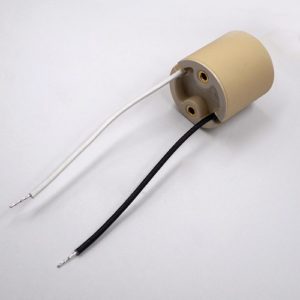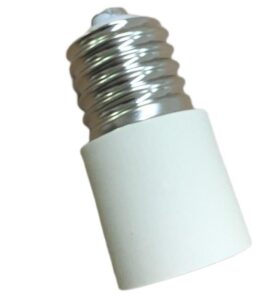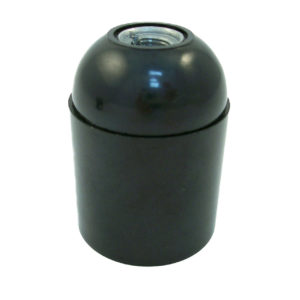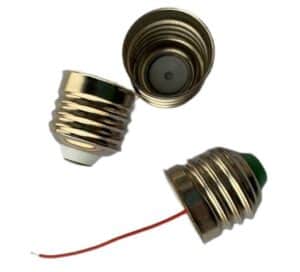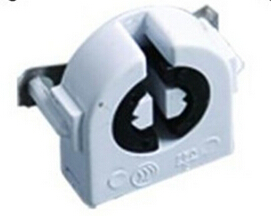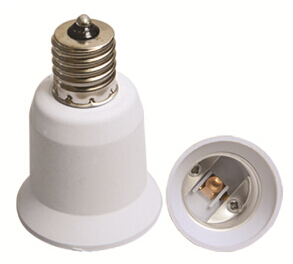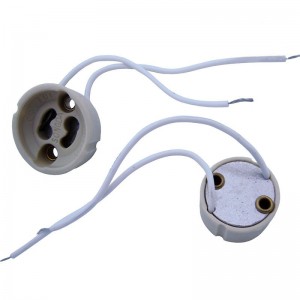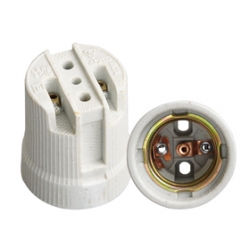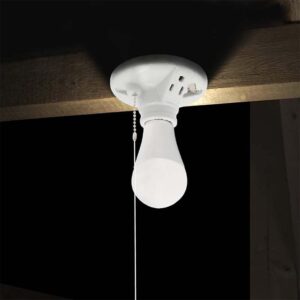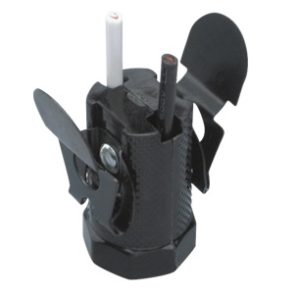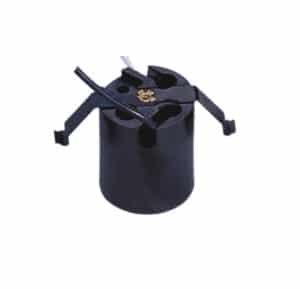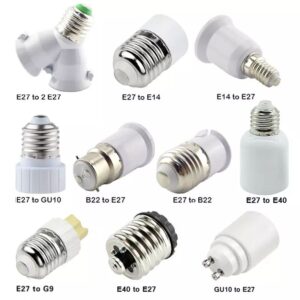The challenge for buyers is figuring out what type of connector they need for their lighting. GU10 bulbs can be confusing because they are unique and come in many different types. To solve this problem, you need to understand the specific characteristics of GU10 connectors and how they fit into your lighting setup.
A GU10 connector is a type of bayonet mount used primarily in spotlights and downlights. It features two pins with a 10mm gap, designed to lock into place with a twist.
GU10 connectors are widely used in homes and commercial settings due to their simple installation and compatibility with both halogen and LED bulbs.
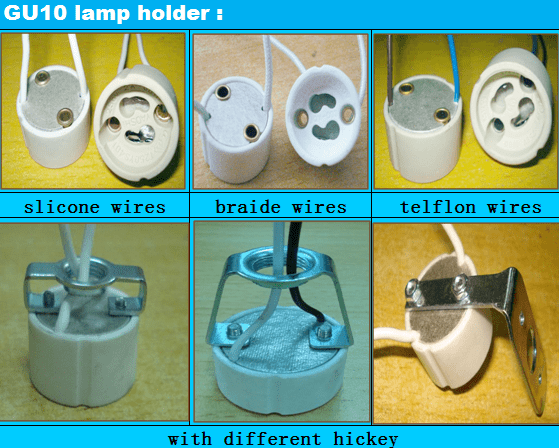
Are all GU10 bulbs the same size?
No, GU10 bulbs are not all the same size. While most have a standard diameter of 50mm, some manufacturers offer variations in length. Ensure compatibility by checking the fixture’s dimensions before purchasing.
Can I replace GU10 bulbs with LED?
Yes, you can replace traditional halogen GU10 bulbs with GU10 LED bulbs. LED options are more energy-efficient, produce less heat, and have a longer lifespan, making them a sustainable upgrade for homes or businesses.
What is the difference between GU24 and GU10?
The main difference between GU24 and GU10 connectors is in their design and intended use. GU24 has two pins spaced 24mm apart and is primarily for energy-efficient fixtures. GU10, with 10mm spacing, is typically used in spotlights and downlights, especially with LED and halogen bulbs.
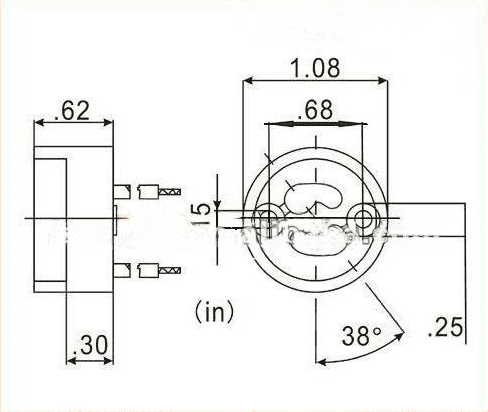
How to install a GU10 light fitting?
- Turn off the power supply.
- Insert the GU10 bulb into the fitting.
- Twist the bulb to lock the two pins into place.
- Restore power and test the light.
Installing a GU10 light fitting is quick and easy due to the twist-lock mechanism.
What is the advantage of GU10?
The advantage of GU10 bulbs lies in their versatility. They are widely compatible with both halogen and LED lighting systems, offer easy installation, and are available in dimmable and non-dimmable versions. Additionally, LED GU10s provide significant energy savings.
What wattage do GU10 bulbs come in?
GU10 bulbs are available in a range of wattages. Halogen GU10s typically come in 35W and 50W, while LED GU10s range from 3W to 10W. The wattage affects the brightness and energy consumption of the bulb.
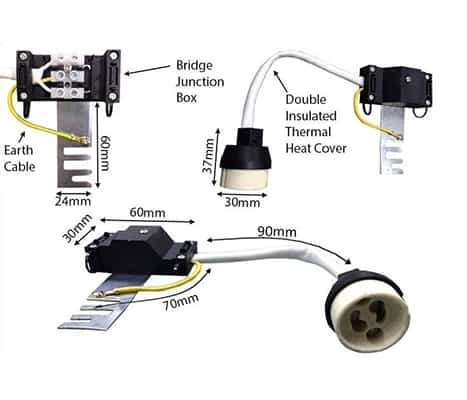
Can I replace GU10 with MR16?
No, you cannot directly replace GU10 with MR16 bulbs. GU10 bulbs run on mains voltage (230V), while MR16 requires a transformer to operate on low voltage (12V). Both bulbs also have different base fittings, with GU10 using a twist-lock and MR16 using pins.
What is the difference between MR16 and GU10 sockets?
MR16 sockets use two small pins and are designed for low-voltage bulbs. GU10 sockets feature two prongs with a twist-lock design and are used for mains-voltage bulbs. While both are used in downlighting, their voltage requirements and base designs differ.
Why does GU10 flicker?
GU10 bulbs may flicker due to incompatible dimmer switches, poor electrical connections, or voltage fluctuations. Upgrading to a compatible dimmer or stabilizing the power source can resolve the flickering.
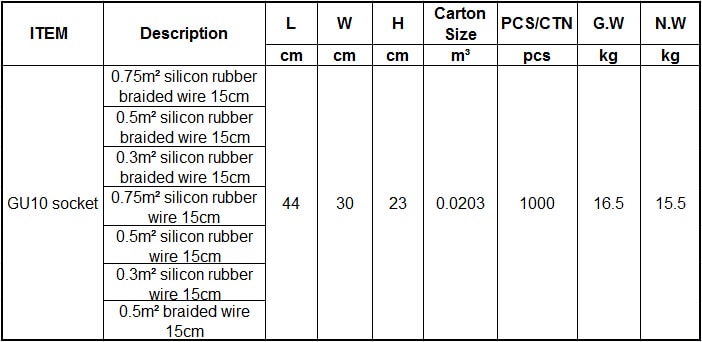
Which is better, GU10 or MR16?
GU10 is often considered better for general use, especially in homes and businesses, due to its compatibility with mains voltage and simpler installation. MR16 is ideal for low-voltage systems, typically in specialty applications like landscape lighting.
Are there different types of GU10?
Yes, there are different types of GU10 bulbs. Halogen and LED are the main types, with LED being the more energy-efficient choice. You can also find dimmable and non-dimmable GU10 bulbs, offering flexibility based on the lighting environment.
In summary, GU10 connectors are versatile, easy to install, and widely compatible with modern lighting solutions.

